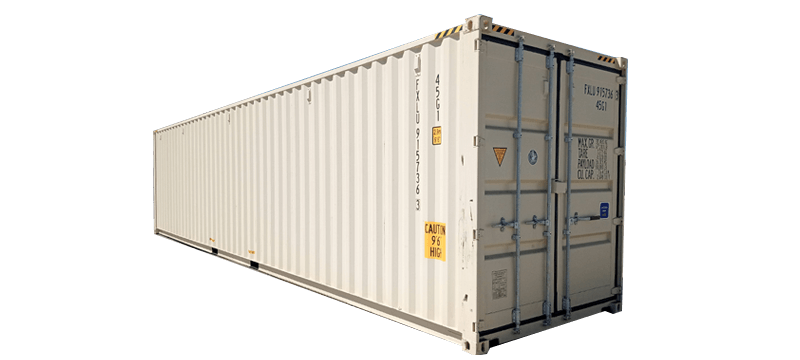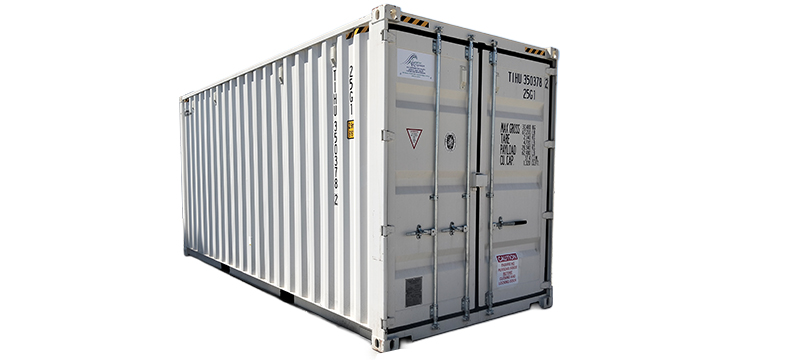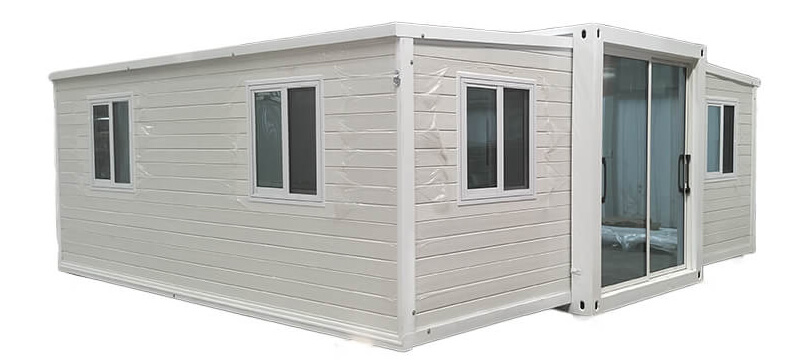A one-trip shipping container is a container that has only been used once — usually to carry cargo from the factory (most often in China or another manufacturing hub) to its destination country.
How it works:
- New Condition: They are practically brand-new, with only light marks or scuffs from that single journey.
- Manufacturing Origin: Built in Asia and shipped with goods inside so the trip pays for itself.
- After Arrival: Sold as “one-trip” containers, often to people or businesses who want something close to new without paying the very top price.
Main advantages:
- Excellent condition (minimal rust, dents, or fading).
- Longer lifespan for storage, building conversions, or commercial use.
- More affordable than brand-new containers but far better quality than most second-hand ones.
One-Trip vs Brand-New vs Used
Condition
- Brand-New: Never used, pristine.
- One-Trip: Near-new — tiny blemishes only.
- Used: Noticeable wear, dents, surface rust, faded paint, previous repairs likely.
Durability & Lifespan
- Brand-New: Longest possible life (20+ years if maintained).
- One-Trip: Very close to brand-new in lifespan.
- Used: Shorter remaining life, depends heavily on maintenance.
Cost (general only)
- Brand-New: Highest price.
- One-Trip: A step down in price, but still not cheap.
- Used: Cheapest option.
Best Uses
- Brand-New: Premium projects, long-term corporate use, maximum aesthetic appeal.
- One-Trip: Conversions (offices, cafés, homes), long-lasting storage, anyone wanting “like new” without the full price tag.
- Used: Budget storage, workshops, projects where looks and longevity aren’t top priorities.
Bottom Line
A one-trip container is the sweet spot: almost new, very durable, and a smart investment if you need reliability and appearance without paying for “never-used” stock.


